Bradbury Family Papers A Mexican-American Family’s Story, 1876-1965
This exhibit of the Bradbury Family Papers provides a view of activities in Mexico and California during the 19th and 20th centuries. Showcased are photographs and manuscripts, both personal and business-related, illustrating this Mexican-American family’s history as well as elements of Mexico’s colonial and revolutionary periods.
Lewis Leonard Bradbury, Sr. and Simona Martinez Bradbury
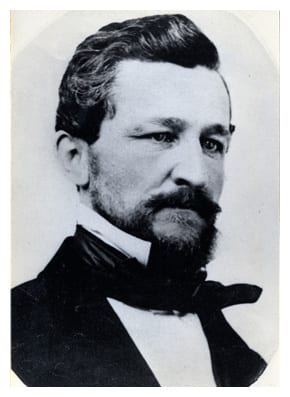
Lewis Leonard Bradbury, Sr.
c. 1823-1892
Lewis Leonard Bradbury, Senior
Lewis Leonard Bradbury, Senior (c. 1823-1892), originally from Bangor, Maine, moved to Rosario, (Sinaloa) Mexico in the early 1860s and amassed an incredible fortune in the “Tajo” silver mines. He married Simona Martinez, who was a Mexican national, (c. 1845-1902) in Mazatlan, Mexico around 1867 but later moved his family to California. Around 1883, Bradbury acquired Rancho Azusa de Duarte in southern California which is now part of the present-day cities of Duarte and Bradbury in Los Angeles County, California.
A highly successful 19th century American businessman, he built his wealth in Mexico’s mining industry and by acquiring California real estate. Upon his death in 1892, he left a sizeable fortune to his wife Simona Martinez and to their six children. According to the present-day family members’ scrapbook, this fortune was valued at $15 million dollars in 1892, or approximately $100 million dollars in 1990.

Simona Martinez Bradbury
c. 1845-1902
Simona Martinez Bradbury
Simona Martinez Bradbury, (c. 1845-1902), the Mexican wife of Lewis Leonard Bradbury, was known as the”Cinderella of Rosario” because she came from a very humble family and worked as a maid in Bradbury’s house prior to their marriage. An article in the Los Angeles Times later described Simona as the “vivacious daughter of a leading Spanish family in Mazatlan.”
The announcement of her death in the Los Angeles Times (December 12, 1902) notes that Lewis Leonard Bradbury had named her as executor and trustee of his affairs; Simona managed the family’s business affairs for ten years following her husband’s death in 1892. The Los Angeles Times article called her a “Sterling and Able Business Woman”, noting the development of both her understanding of business practices and the English language.
Lewis and Simona’s Children
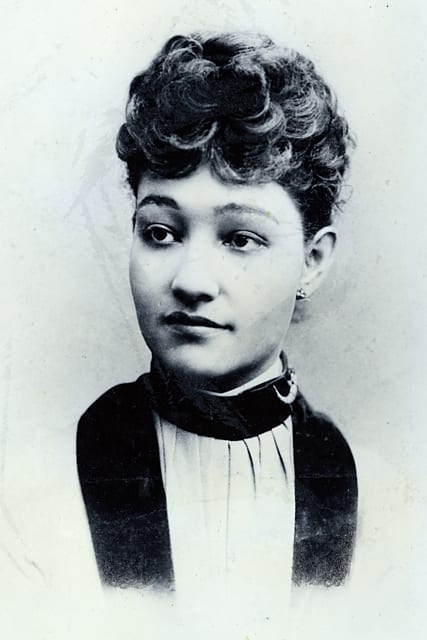
Simoneta Bradbury (b. circa 1868-1939)

Rosario Bradbury (b. circa 1870-1911)

John Bradbury (circa 1872-1913)
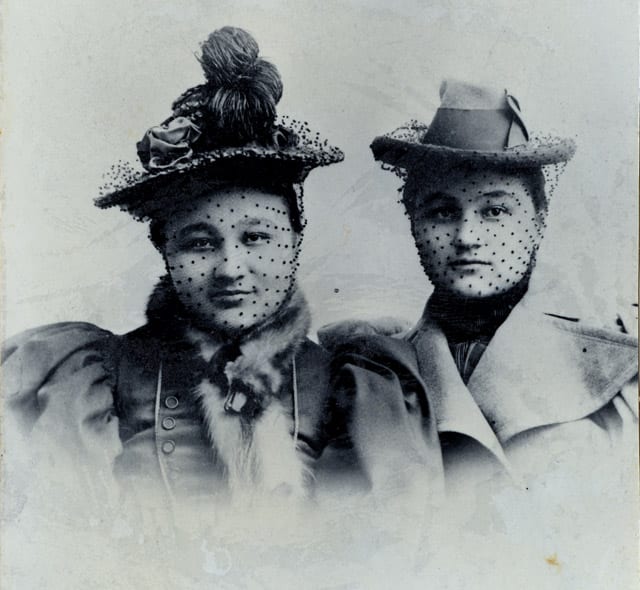
Right to left:
Minerva “Minnie” Bradbury (b. circa 1874-1919)
Louisa Bradbury (b. circa 1876-1957)
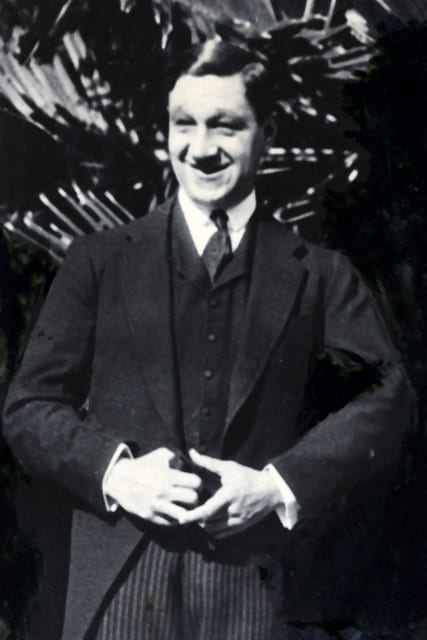
Lewis Bradbury, Jr. (b. circa 1881-1948)
Rosario Bradbury Winston’s Diaries
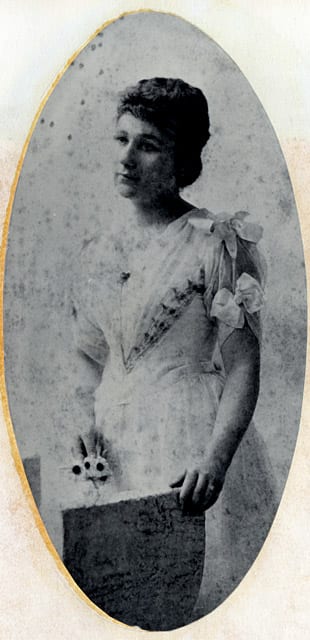
Rosario Bradbury Winston (circa 1870-1911), the second daughter of Lewis Leonard Bradbury, kept several diaries and actively recorded the activities of her family and friends.
In 1890, the Bradbury family traveled to Europe for four months. While Lewis Leonard Bradbury attended to business matters, his wife and children toured several countries, traveling in high style. First class accommodations, private cooks and maids and individually tailored clothing were all part of daily life for the Bradbury family at this time.
1890 Diary
June 25, 1890
“In a little church across the way from Sta. Maria (circa Rome) we saw the Pillar our Lord was scourged at. Ladies are not allowed into the chapel, had to see it through a window. John & Romeli went inside. If any women goes [sic] inside the door she will be excommunicated.”
June 26, 1890
“Got up quite early to be able to arrange our black dresses and mantillas to go to the Vatican to see the Pope. Went to the ceremony in the Sistine Chapel where the cardinals were made by the Pope. … The poor Pope looks so old he could hardly raise his hand to give the blessing. They carried him in on a throne – the procession was magnificent with all the different officers, guards and ecclesiastics dressed in their respective costumes. Mr. Yama got the permiso (permission) for us to go. They are very hard to get. Got back to the hotel just in time to pack up and at three o’clock left Rome for Florence. Mr. Yama went to the depot with us. Mama has told him to order four statues in Carrara marble.”
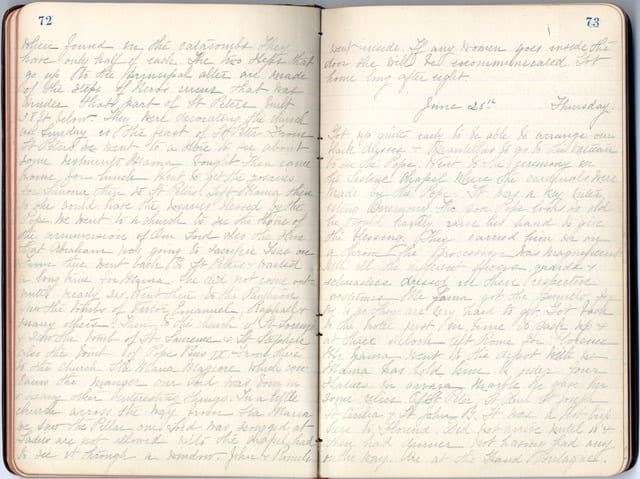
Rosario’s husband James spent most of his life in Mexico, working on behalf of the family business. (Lewis Leonard Bradbury had passed away in 1892.) This diary’s entries reflect Rosario’s loneliness and depression caused by her husband’s absence, but also illustrate the ways she kept busy with travel, correspondence, tending to various family business matters, and social obligations.

1898 Diary
January 3, 1898
“Mama is getting ready to go to Mexico with Louis. I asked her what she would give me if I went in her place. She seemed delighted, for she does not want to go. I told her I would think about it and let her know.”
January 15, 1898
“Left Los Angeles this morning at 11:45. Mama, Minnie, Louisa, Louis, Tiny and Mr. Polk were down to the train to see us off. I felt awful leaving my three Babies. I don’t think I will ever do it again. Poor Jim felt so bad for he does not know when he will see them again. Baby Boy was asleep when he left. I cried after the train pulled out of the depot for a good hour.”
January 24, 1898
“Arrived in Mazatlan this morning. John (husband) went out to “Str” (sic) to meet Mama as he thought and was very much surprised to see me…..”
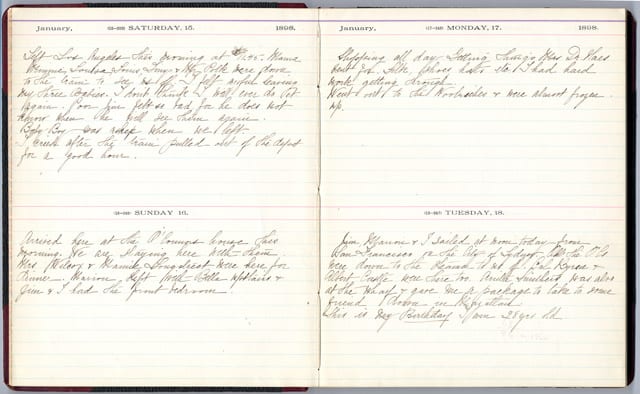
March 14, 1898
“Went…this morning to see Judge Bicknell. Had another long talk. We talked about the will etc. … Had a long talk with the Girls & Mama about what Judge Bicknell said to me about Papa.”
April 5, 1898
“…Minnie is going to be sick very soon from all reports…. all waiting for further news from the newcomer. … I would not be surprised if the baby arrived tonight.”

James and Rosario Winston’s Children
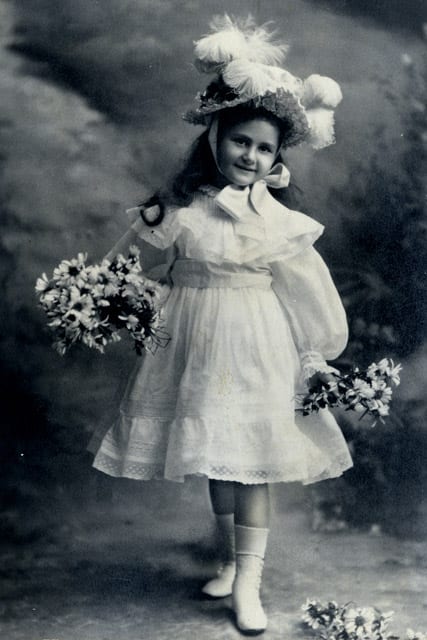
Marion Winston (1891-1977)
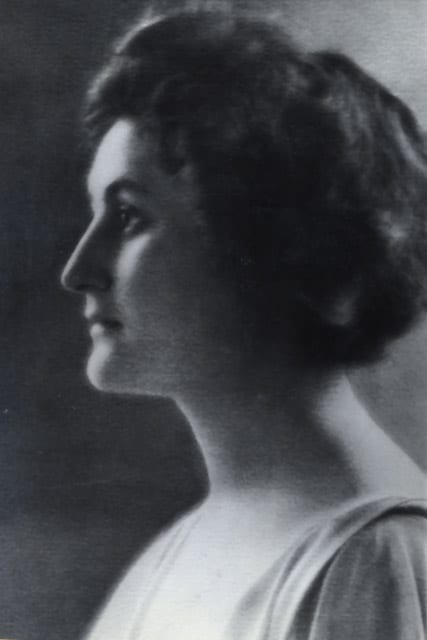
Marion Winston (1891-1977)

Louise “Toolies” Winston (1893- ?)
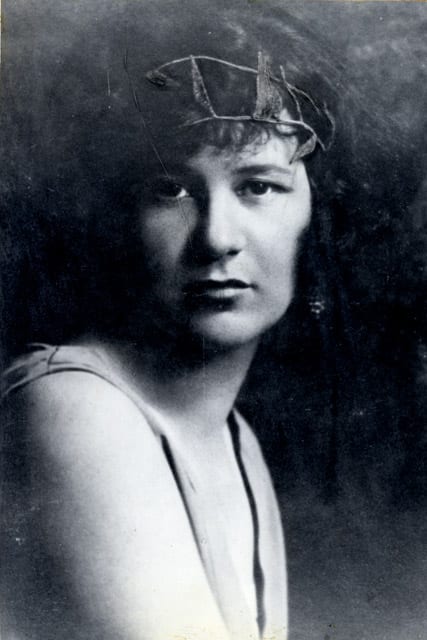
Louise “Toolies” Winston (1893- ?)
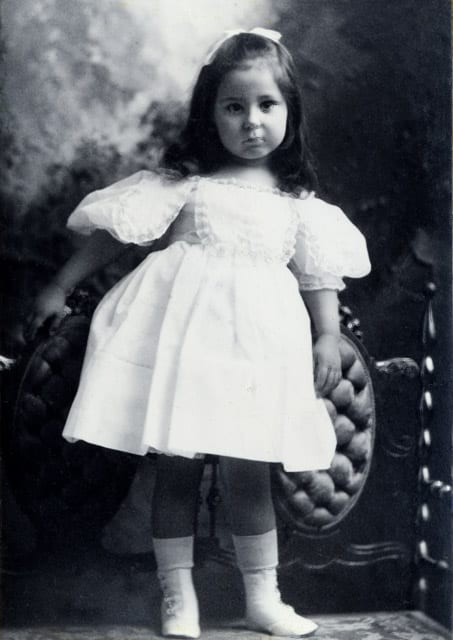
Rosario “Chacha” Winston (1896-1982)
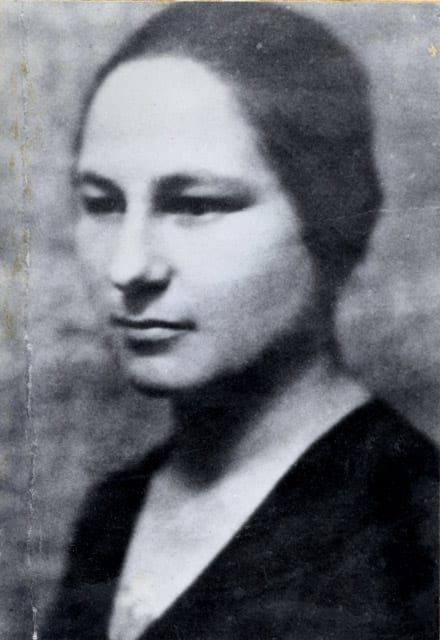
Rosario “Chacha” Winston (1896-1982)

James Wallace Winston (1896-1981)
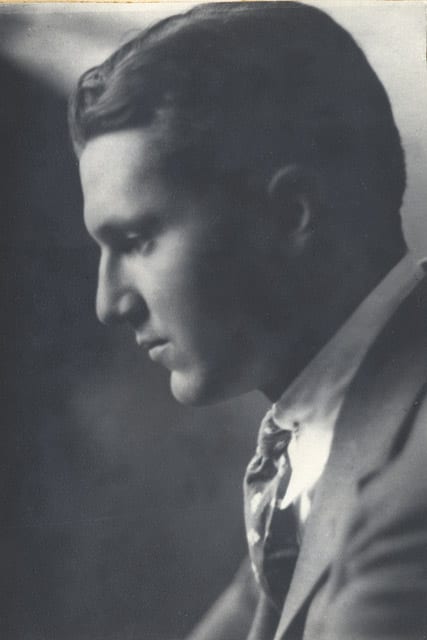
James Wallace Winston (1896-1981)
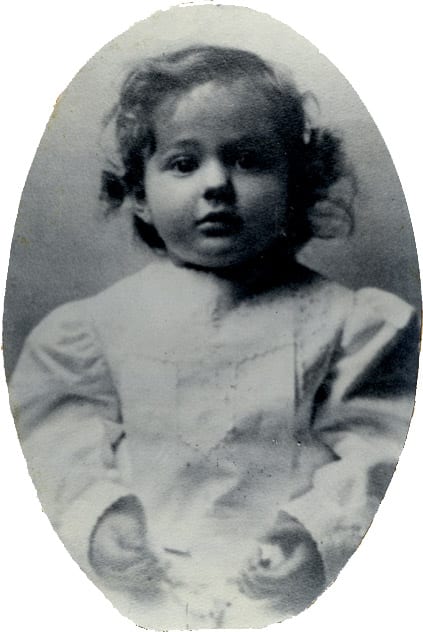
William Lawrence “Larry” Winston (1903-1989)
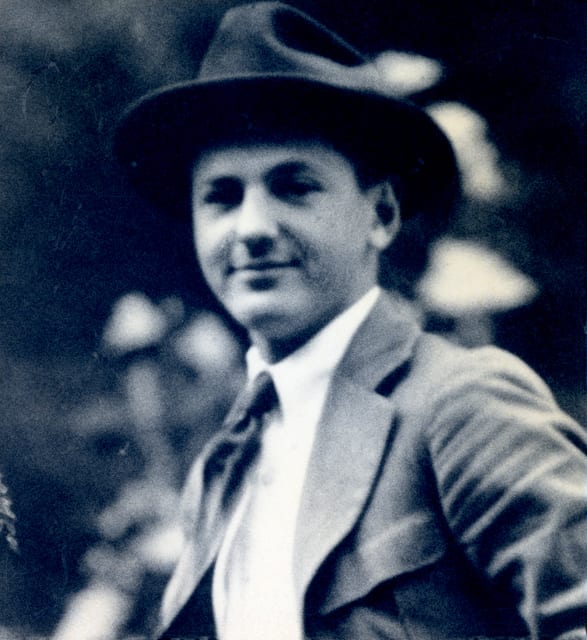
William Lawrence “Larry” Winston (1903-1989)
Bradbury Family Business
Arriving in Mexico around 1862, Lewis Leonard Bradbury began to accumulate “barras”, or shares, of Minas del Tajo (Tajo Mines). By 1873 he had acquired control as the majority shareholder, substantially increasing his wealth in the process. Bradbury was one of several highly successful foreign investors in 19th and 20th century Mexico.
L.L. Bradbury’s success in Mexico’s mining industry afforded his family a luxurious lifestyle during the late 19th and early 20th centuries. The family maintained several properties and homes, distributed between northern and southern California, in addition to several mines in Mexico.
During Mexico’s colonial period, Spanish mine owners formed the Real Cuerpo de Minería (Royal Mining Company). This guild established the Ordenanzas de Minería, a series of codes and ordinances providing privileges and benefits to the guild’s members, in all matters related to the mining industry. These Ordenanzas protected the rights of Spanish landowners above the rights of the colonized citizens of Mexico. The impact of foreign investments and ownership of Mexico’s land and natural resources played an important part in the country’s social and political revolutions.
In 1879, Lewis L. Bradbury transferred the majority of the Tajo Mines stock to his wife, Simona. The reasons why Lewis Leonard”sold” half of the “barras” [shares] are not completely clear. The sale agreement states a sale price of 30 thousand pesos, roughly $2,750 today.
One theory is that Bradbury believed it was inopportune for an American to hold majority interest in a Mexican company at that time and temporarily transferred his majority shares to his wife, a Mexican national, for security reasons.
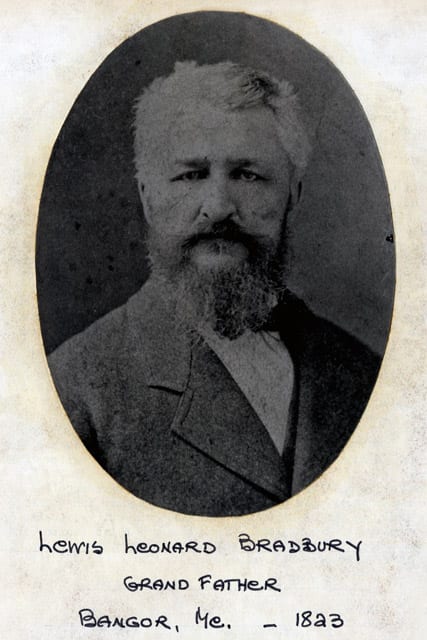
Lewis Leonard Bradbury, Sr.
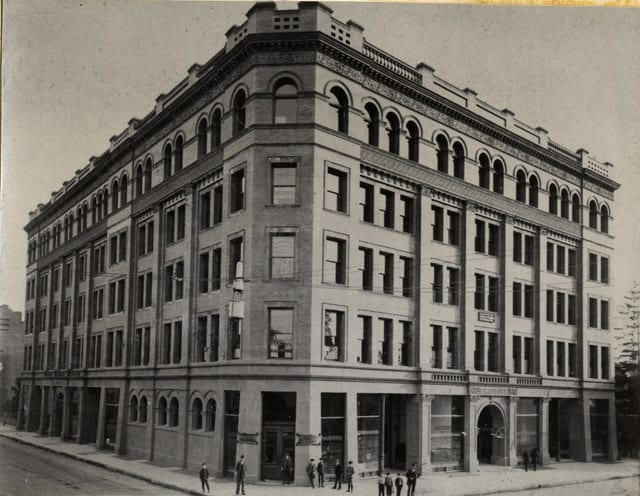
Los Angeles, California
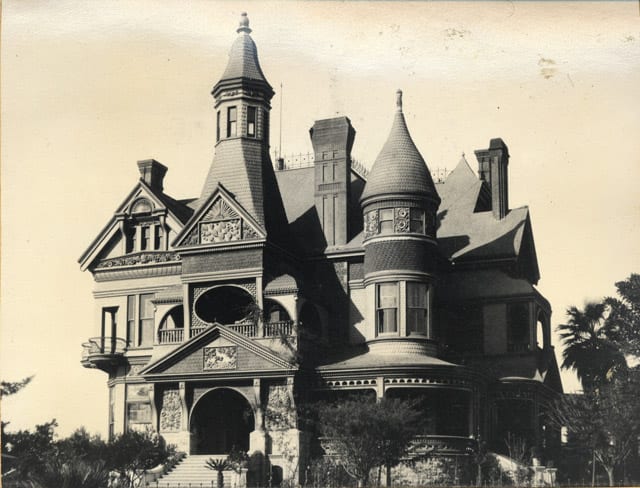
(406 Court Street)
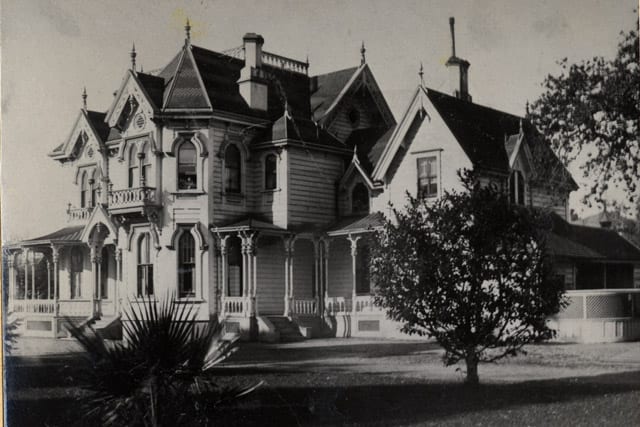
Oakland Home
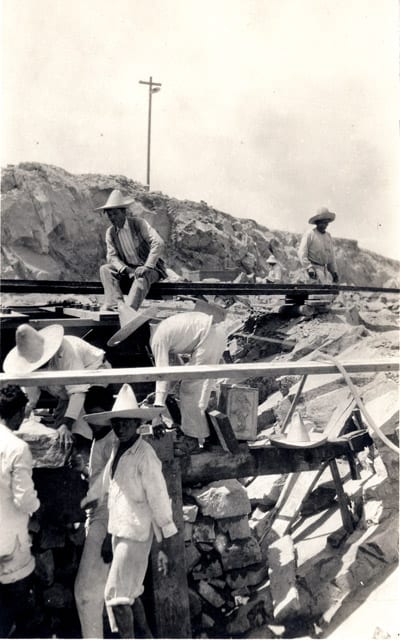
Mill Construction

Military conscription during revolutions reduced the Tajo mine work-force considerably.
1876 Journal
Bradbury’s 1876 journal records a revolt led by Porfirio Díaz that challenged Mexico’s then-president, Sebastián Lerdo de Tejada. This revolt essentially paved the way for the
Porfiriato
, the 35-year “presidency” of Porfirio Díaz, who was finally forced into exile in 1911.
February 20, 1876
“Revolution! Pronunciamiento in Oaxaca Jan. 10 favor(s) Porfirio Diaz. Guerra pronounced at Lagos with 400 men. (General Arce) returns to the port. All down on President Lerdo.”
June 1, 1876
“Revolution seems coming nearer. Taking”volunteers” here.”
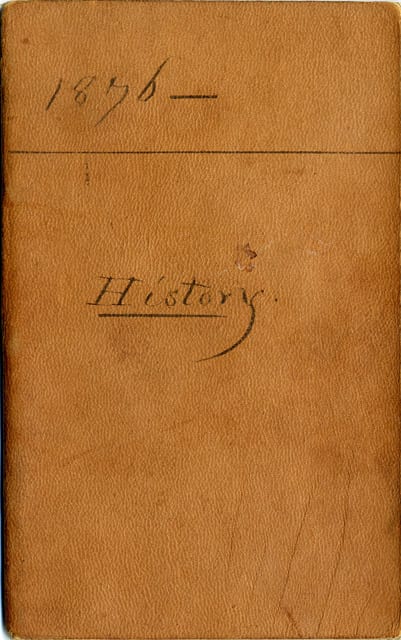
Lewis Leonard Bradbury’s Journal, 1876

Page 7 of Lewis Leonard Bradbury’s 1876 Journal
The “Porfiriato” encouraged investors from foreign countries to develop economic ties with Mexico. Many Mexican citizens, however, became disillusioned with Díaz’s policies, particularly because land ownership and control of natural resources mostly resided with foreigners, creating an unequal distribution of wealth.
“Private Journal of Events”
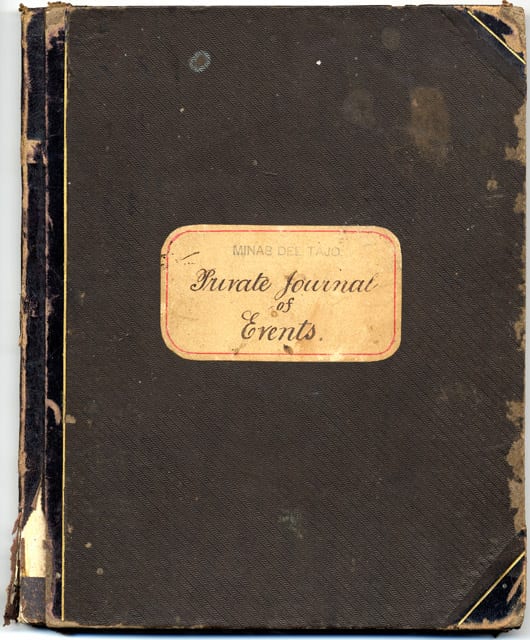
This journal (1887-1899), written by B.C. Leigh, a manager at the mines, provides a glimpse of the day-to-day operations at Minas del Tajo. Mining is an inherently dangerous occupation; the perils of the job noted in this journal are of particular interest – with blame for accidents and death normally placed on the employee.
(R.C. Jenkins, Family Scrapbook, circa 1983)
Although full of mundane details such as seasonal weather reports and the arrivals or departures of various employees, this “Private Journal” also includes dramatic accounts of theft, assault, flash floods, employee inebriation, accidents and amputations, small pox and gangrene, and lock jaw.
Tuesday October 31, 1893
Tajo Mines
“One of the men who drive (sic) the Ore Cars to the Mill, named Secundin Nuñez, died this afternoon from lock jaw etc. On Monday 30 Oct. very early in the morning he attempted to jump to his seat on the Ore Car, at the time he was starting from the Quebradera – he slipped, and the wheel of car (sic) passed over his foot and leg causing complicated and dangerous wounds. Dr. Haas attended to the case with his usual ability, but from the first he had fears regarding the case – and eventually Sec. Nuñez succumbed to the Gangrene & lock jaw that set in. He was buried by the next day.”
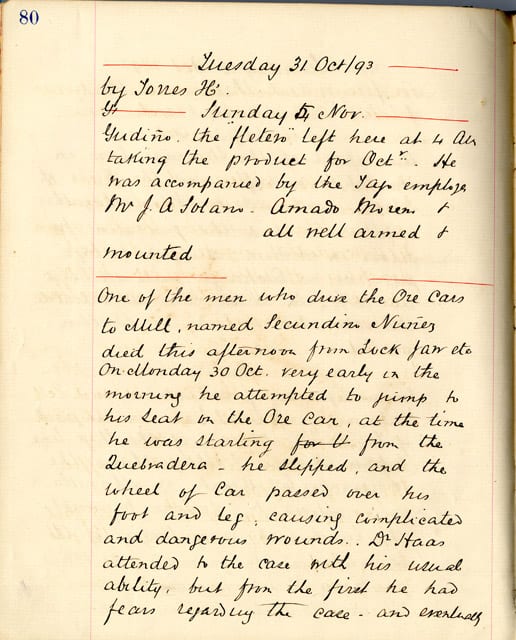
Private Journal: Page 80
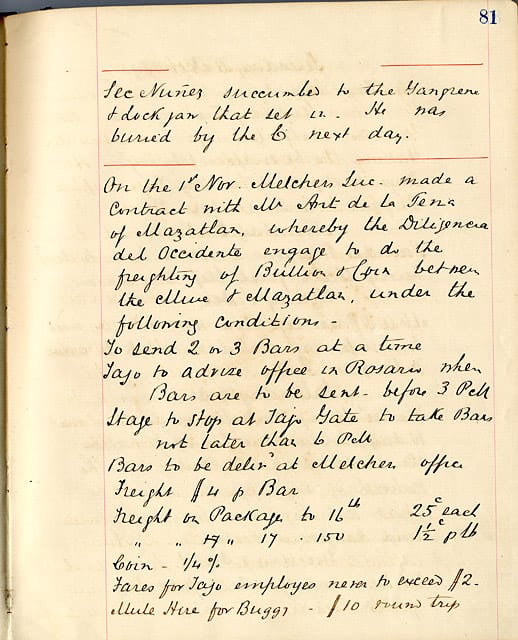
Private Journal: Page 81
Property Titles & Parcel Maps
Property titles, parcel maps, mining claims and real estate documents, like these, provided evidence of ownership history and rights associated with a particular piece of property. They also served as “proof of purchase” and functioned as legal agreements. During the “Porfiriato”, President Díaz welcomed foreign investors to Mexico and encouraged foreign investments in its natural resources.
These documents, signed by President Porfirio Díaz between 1897 and 1909, (shortly before his 1911 exile), certify the purchase or ownership of various parcels of the Copala mines in Sinaloa, Mexico. These parcels were ultimately purchased by the Bradbury Estate Company in 1927-1928.
According to the family’s records, the mining activities of the Bradbury family brought electricity to the town of Rosario. The gas/electrical power plant began operating in 1912, replacing an older steam plant.
Lewis Bradbury, Junior (c. 1881-1948) assumed control of the family business in 1902, and the Bradbury Estate Company was incorporated in 1904. Later, the business and mining success of the Bradbury Estate Company declined and the company was dissolved in 1965. The Bradbury family’s days of being mining barons are over, but their legacy remains, providing an interesting glimpse of one family’s experience in Mexico and California.
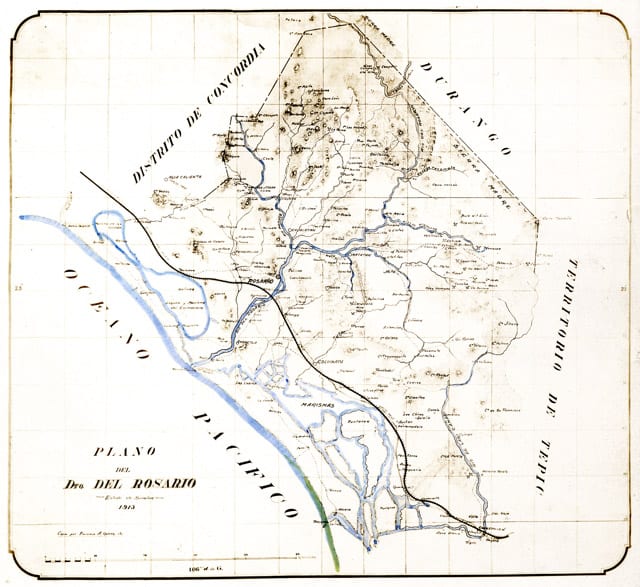
Minas del Tajo Map
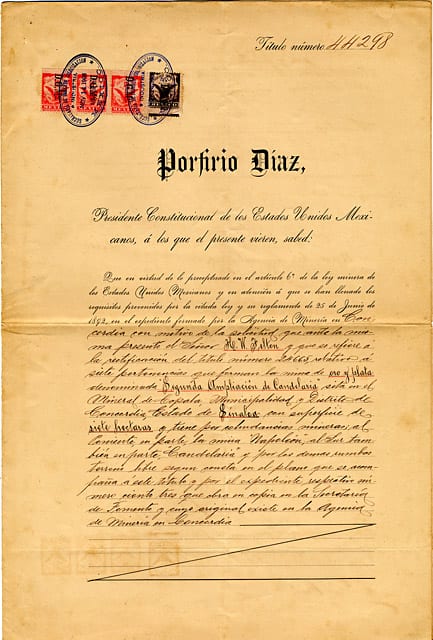
Property Title

Bradbury Papers

Power Plant
Donation and Use Information
The Bradbury Family papers were donated to Special Collections, General Library, University of California, Davis, in December 2006 by Marion “Mimi” Jenkins, great-great-granddaughter of Lewis Leonard Bradbury, Senior.
Images (unless otherwise credited) are the property of the Regents of the University of California; no part may be reproduced or used without permission of the Department of Special Collections.